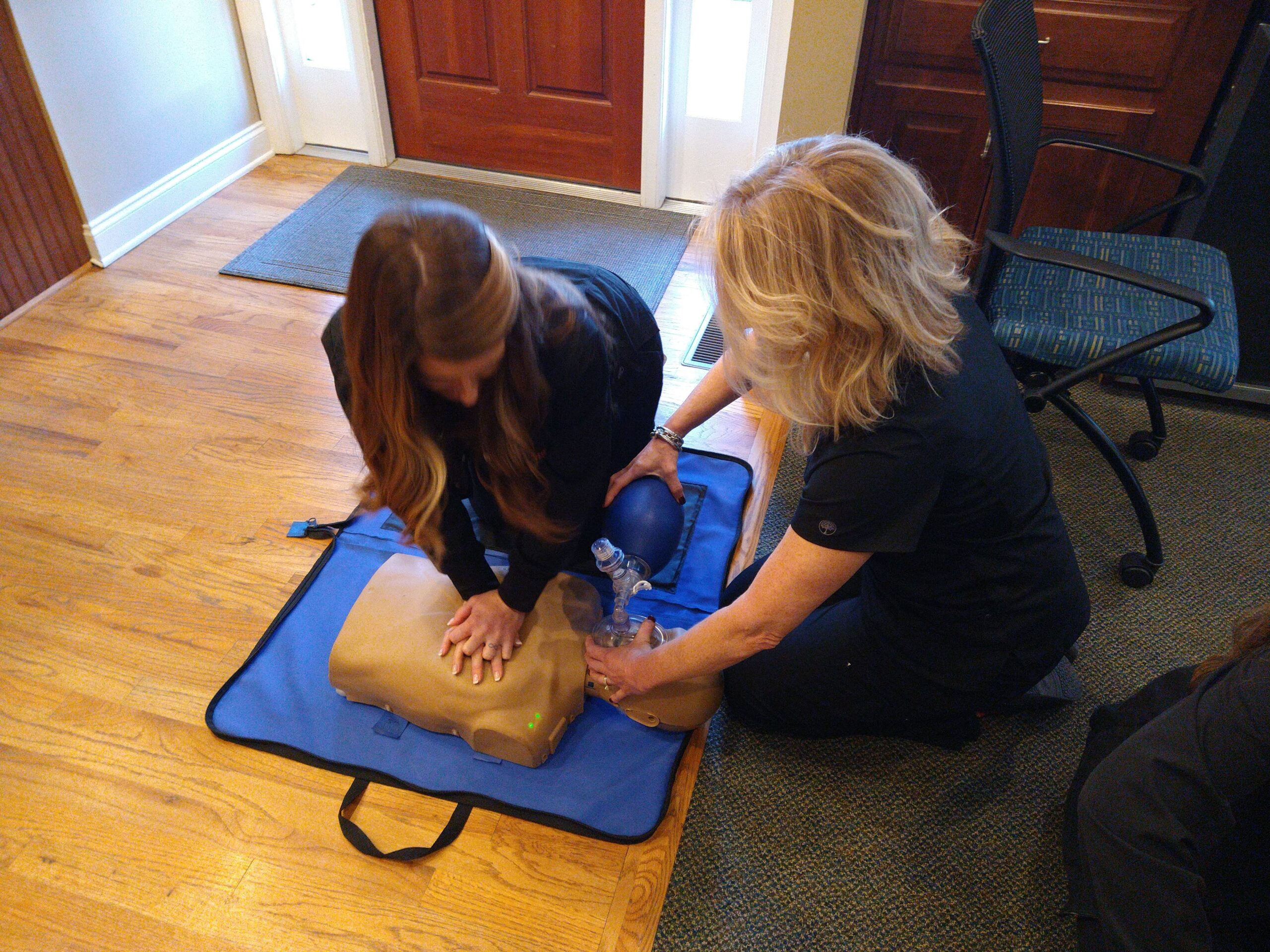Shorter, more accessible training and help from technology may encourage more people to learn and administer this lifesaving technique.
Hands-only cardiopulmonary resuscitation (CPR) can double a person’s odds of surviving cardiac arrest — when the heart suddenly stops beating, causing a person to collapse and stop breathing. Yet fewer than half of people who experience cardiac arrest outside of a hospital receive CPR from someone nearby.
A recent scientific statement from the American Heart Association (AHA) explored the reasons underlying this situation, which include lack of access to training and other barriers. Although 65% of people in the United States say they’ve received CPR training at some point in their lives, only 18% of people are up to date on their training.

